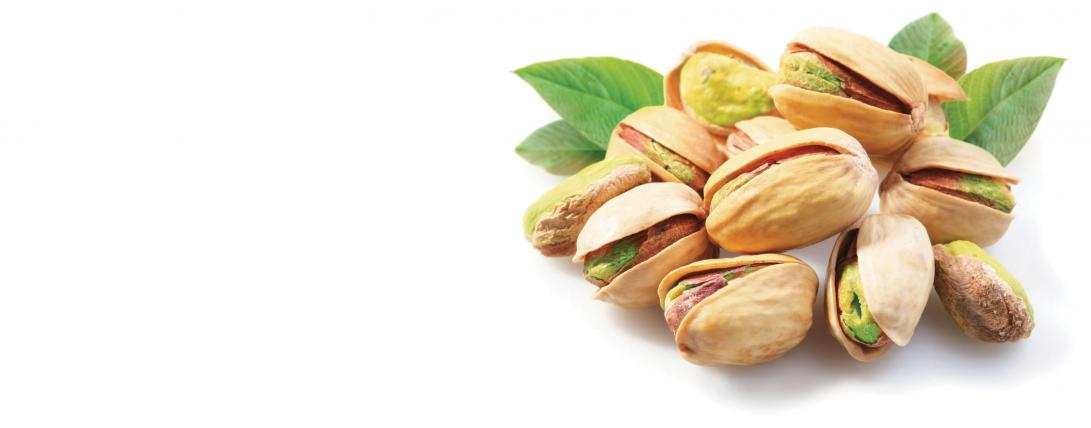As nuclear negotiations between Iran and the P5+1 group are seemingly bearing fruit, market watchers are already voicing concern about a slump in prices when Iran returns to the global commodities market.
An article by Bloomberg draws attention to Iran's clout in the market for pistachio, putting it ahead of oil as a "market that could be disrupted by a nuclear pact between Iran and the West."
"While Iran ranks only as the world’s seventh-largest oil producer, the country vies with the US to be the biggest pistachio grower," points out the article, adding that as the talks between Washington and Tehran to resolve the decade-long nuclear dispute head toward the June 30 deadline for a final agreement, traders are predicting lower prices.
“The new supply will have an impact,” said Hakan Bahceci, chief executive officer of Hakan Agro DMCC, a grain, nuts and pulses trading house based in Dubai.
The biggest losers may be Californian farmers who have doubled pistachio acreage over the past ten years despite drought conditions. Pistachio production in California started in earnest in 1979 and output hit 232,000 metric tons last year, more than triple the harvest in 2004, according to the US Administrative Committee for Pistachios.
The US pistachio crop was worth about $1.3 billion last year. For Iran, the crop is worth more or less the same, but has more importance for the country because it’s the second-largest export of the country, behind crude oil.
> Who is Leading Production?
Iran produced nearly 235,000 metric tons of pistachio during the past Iranian calendar year (ended March 20), more than 180,000 tons of which was exported. The figures for last year indicated 17% growth in Iran's pistachio production and nearly 50% increase in the value of exports compared with the preceding year.
Following the news of a favorable pistachio crop, the media claimed that Iran has outpaced the US in pistachio production to reclaim its global position as the leading pistachio producing country.
This is while director of Iran Pistachio Association, Hamid Feizi, believes Iran and the US have the same level of pistachio production. Moreover, he argues that while the US is planning to double production by the year 2020 through prudent management and investments, Iran's underground water reserves are depleting at an alarming rate, making it difficult to maintain even the same level of production.
"While new provinces including Khorasan Razavi, Fars and Qazvin have in recent years began cultivating pistachio to partially compensate reduced yield in major pistachio producing provinces such as Kerman, which suffers from shortage of water, it would take many years to achieve desired production levels since the crop requires at least 10 years to mature," he added.
> Restrictions on Export
The US has banned Iranian pistachios intermittently over the past three decades. The first embargo dates back to 1979. The ban was lifted four years later, but re-introduced in 1987 during the Iran-Iraq War before it was lifted again in 2000.
Ten years later, President Barack Obama approved legislation that effectively blocked imports of Iranian pistachios into the US again.
The western sanctions against Iran are also limiting Iran’s ability to sell pistachios in Europe because of restrictions on banking and shipping, traders said. China, India and Turkey remain big buyers, and some Iranian pistachios are finding their way into the European market from Turkey.


